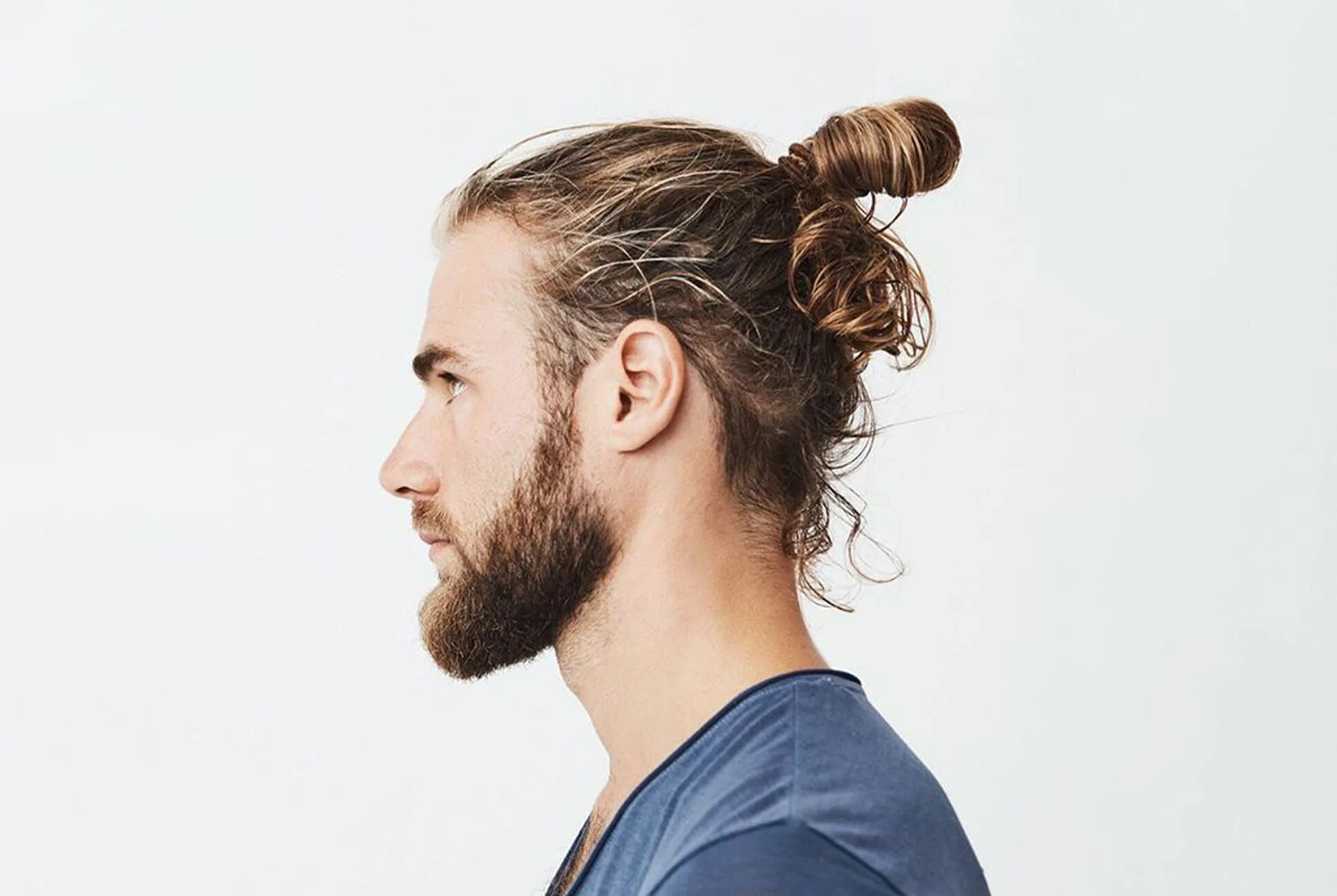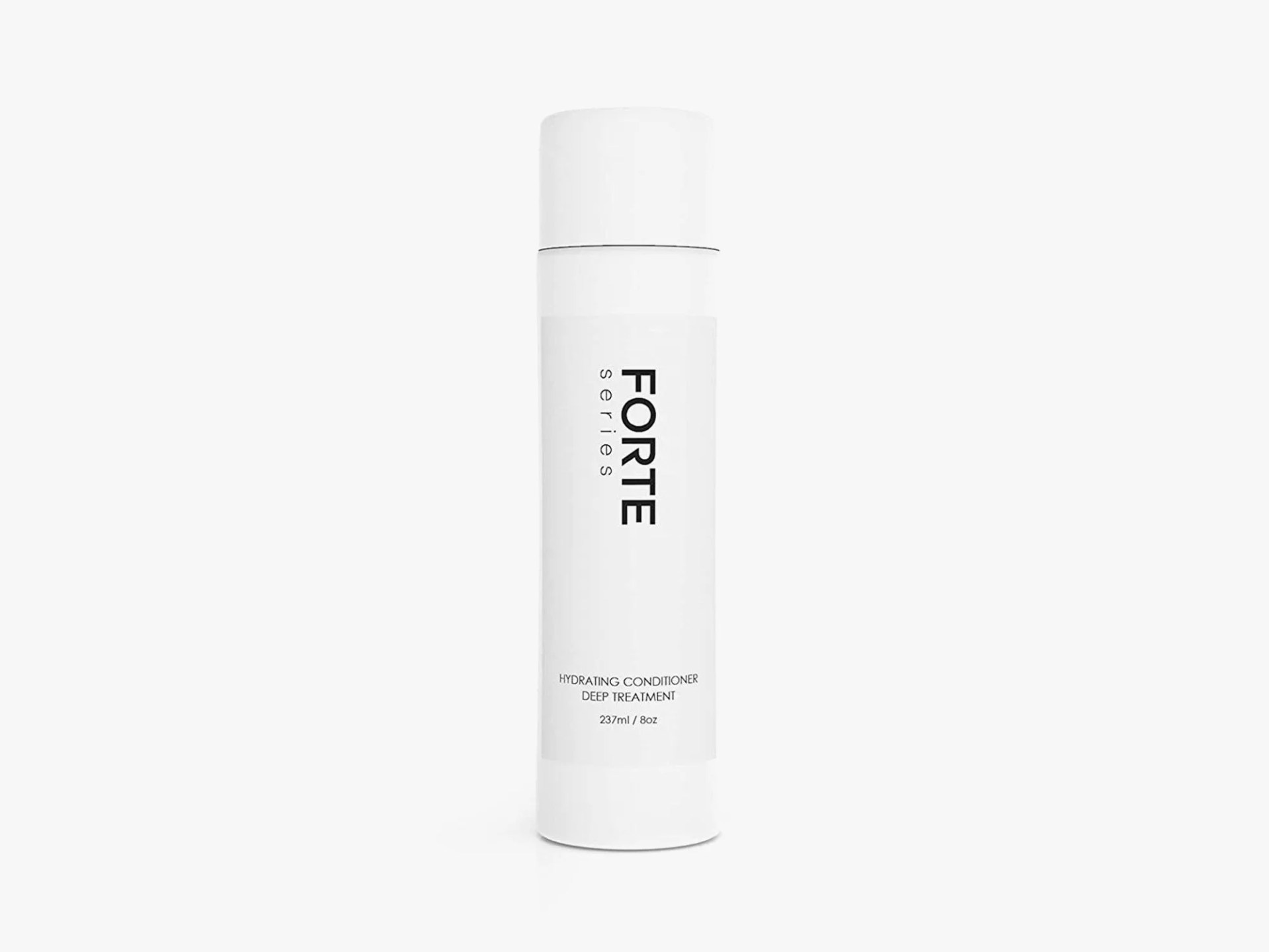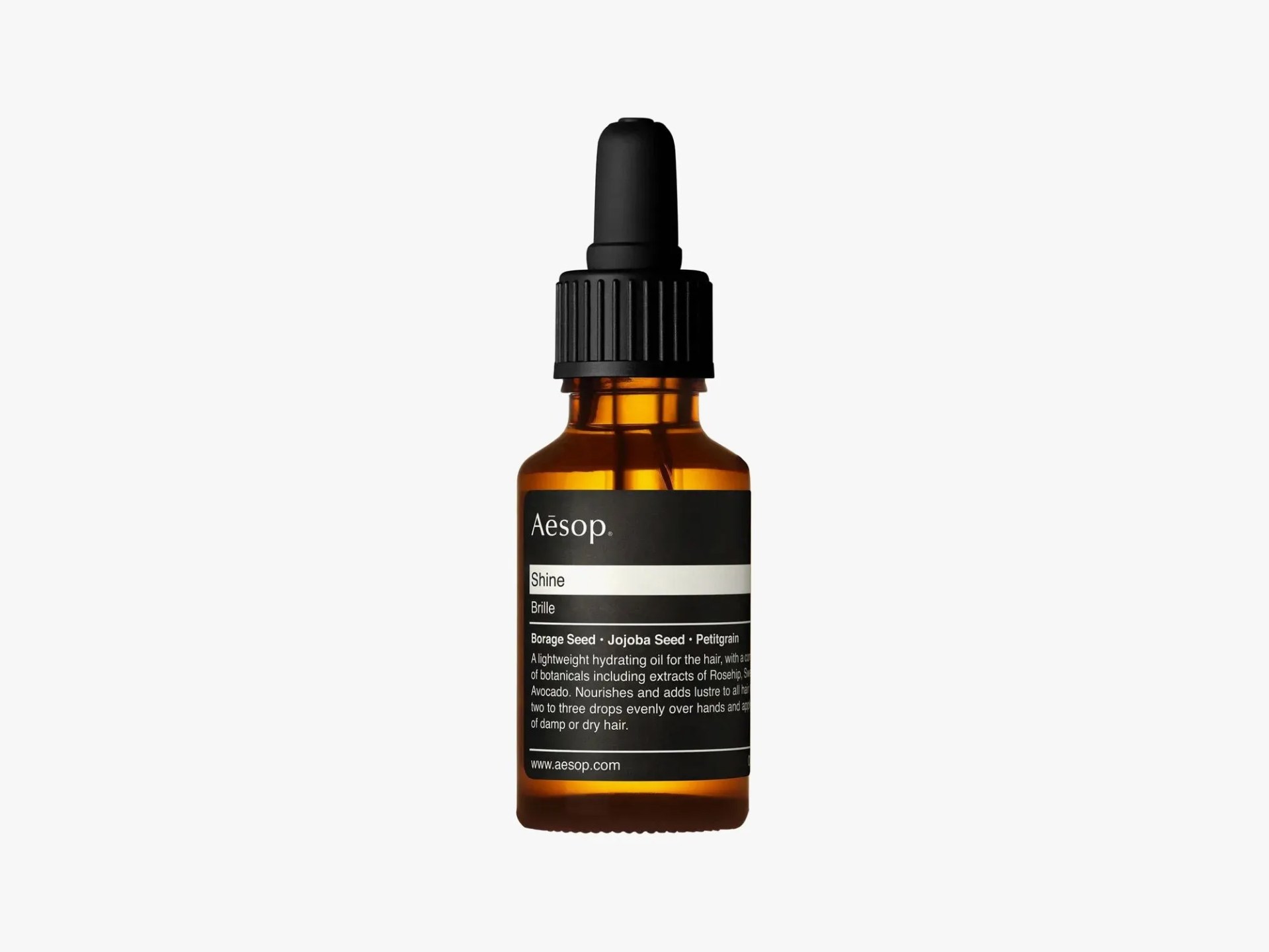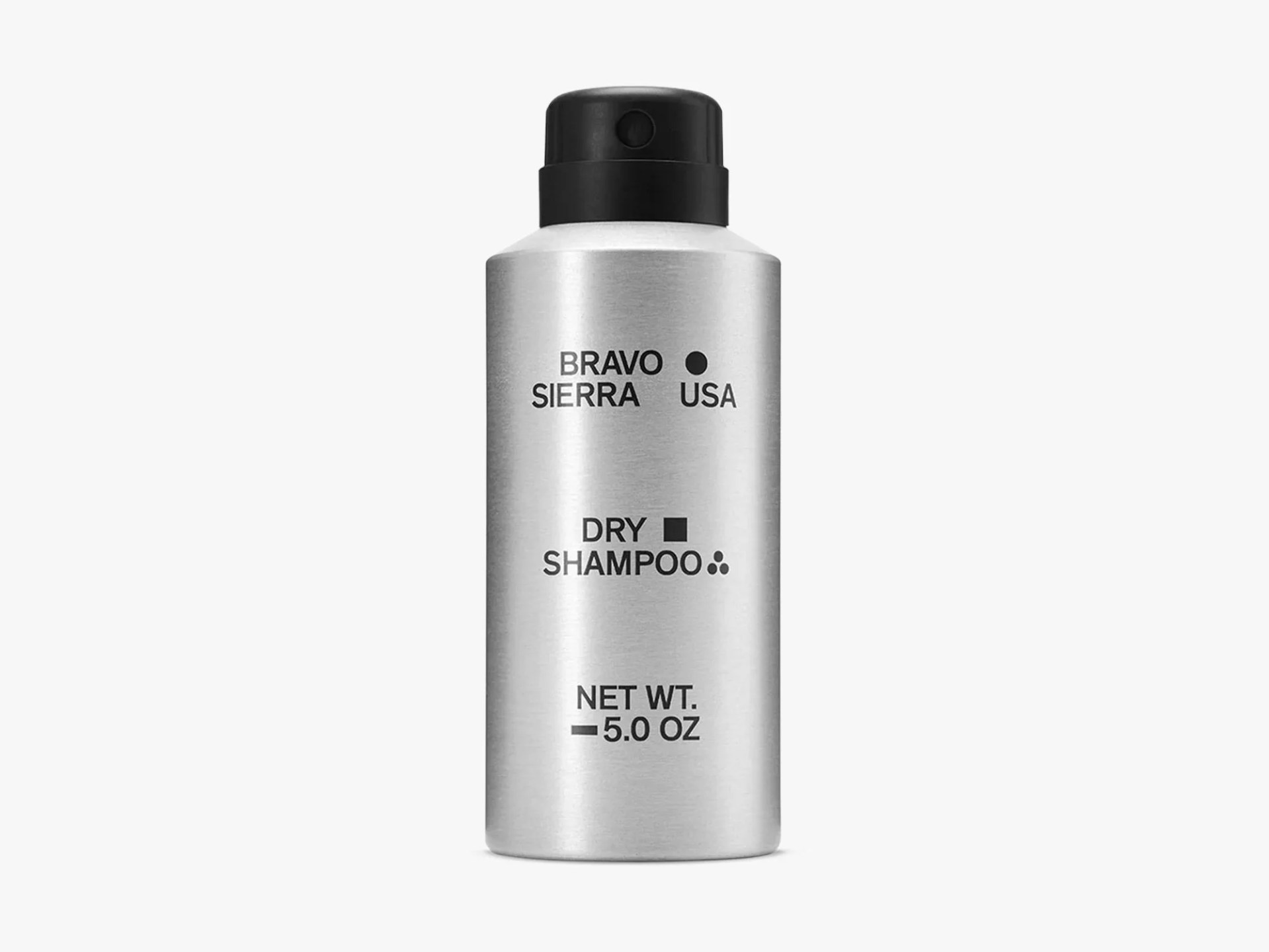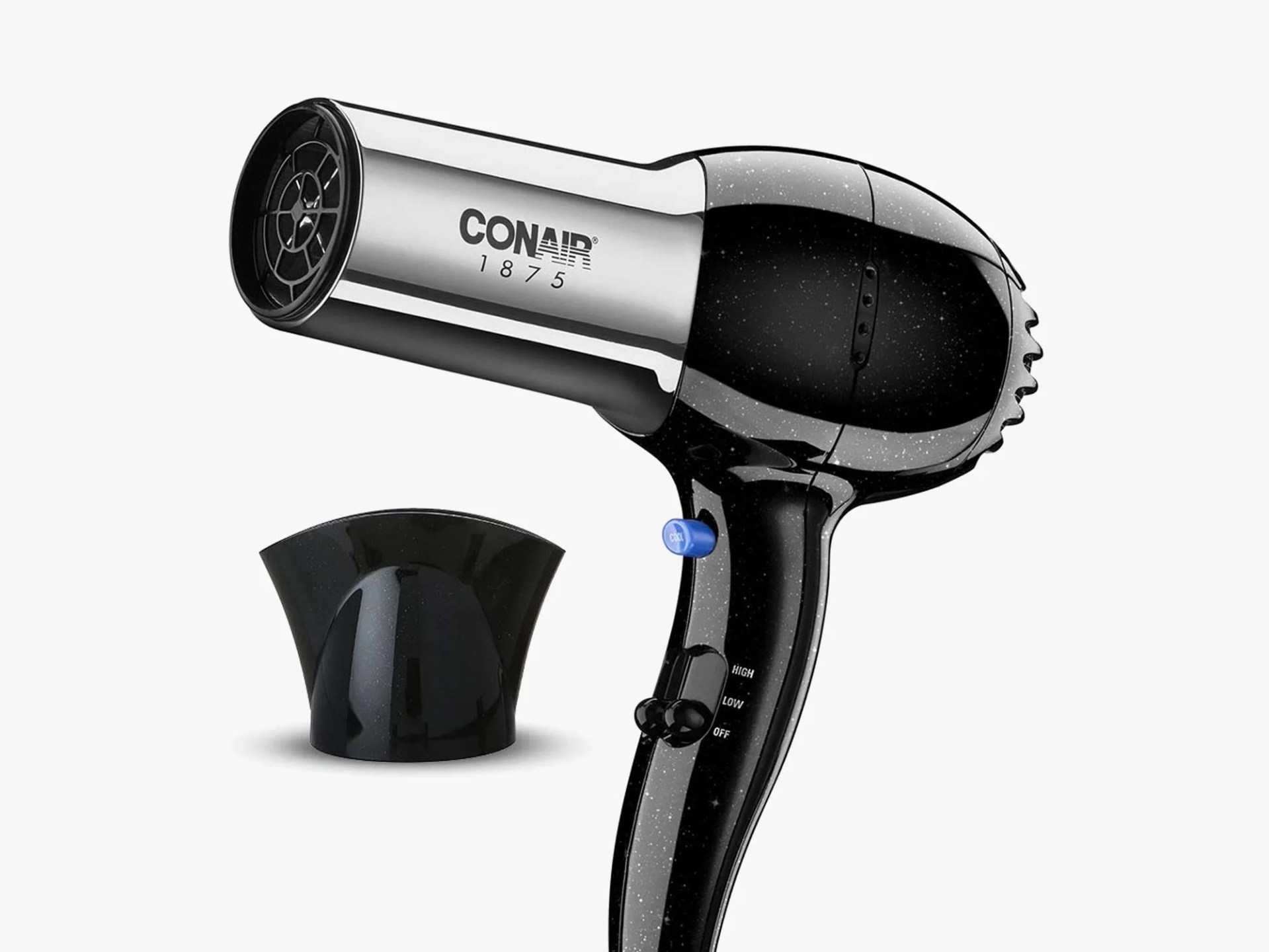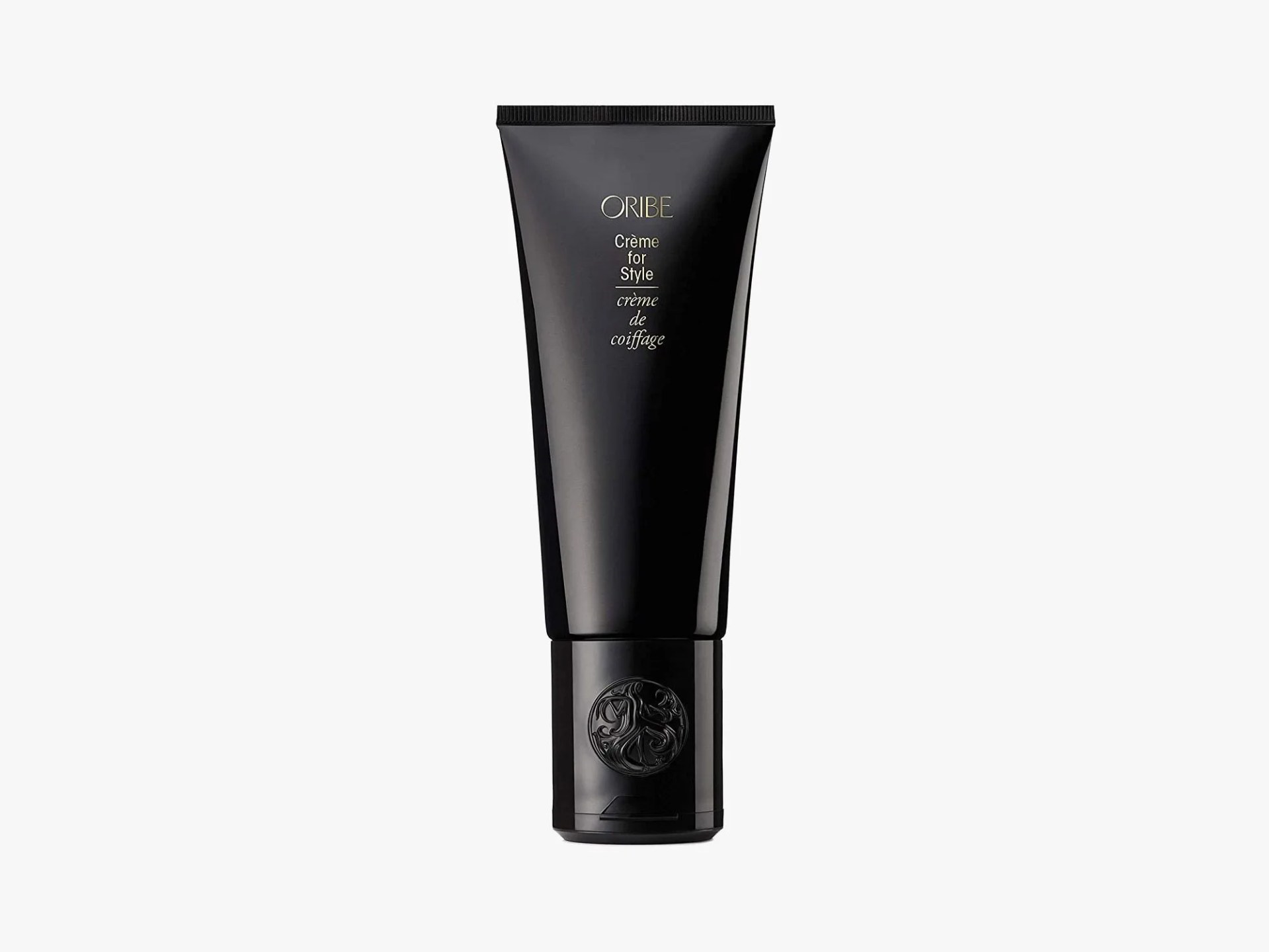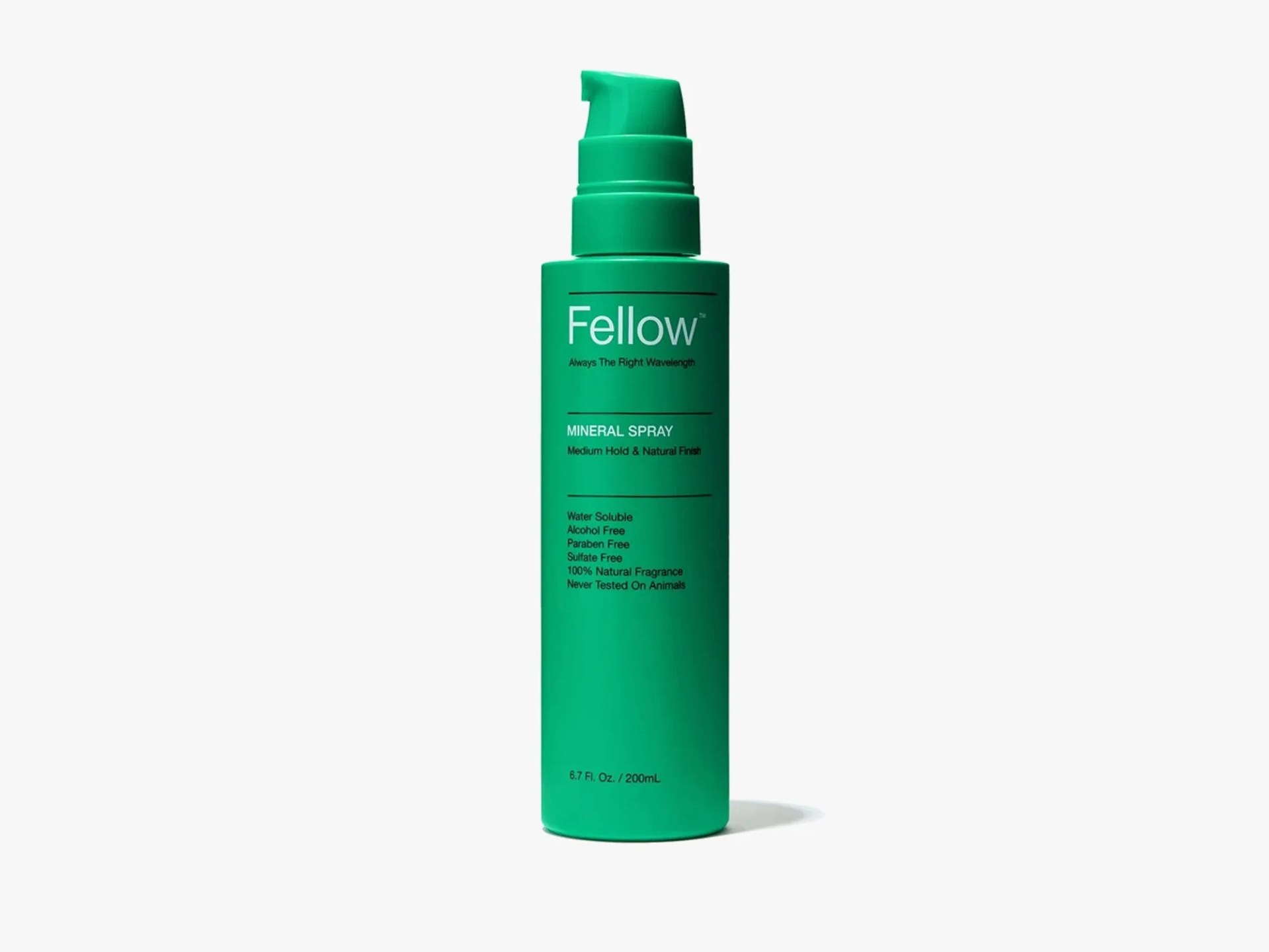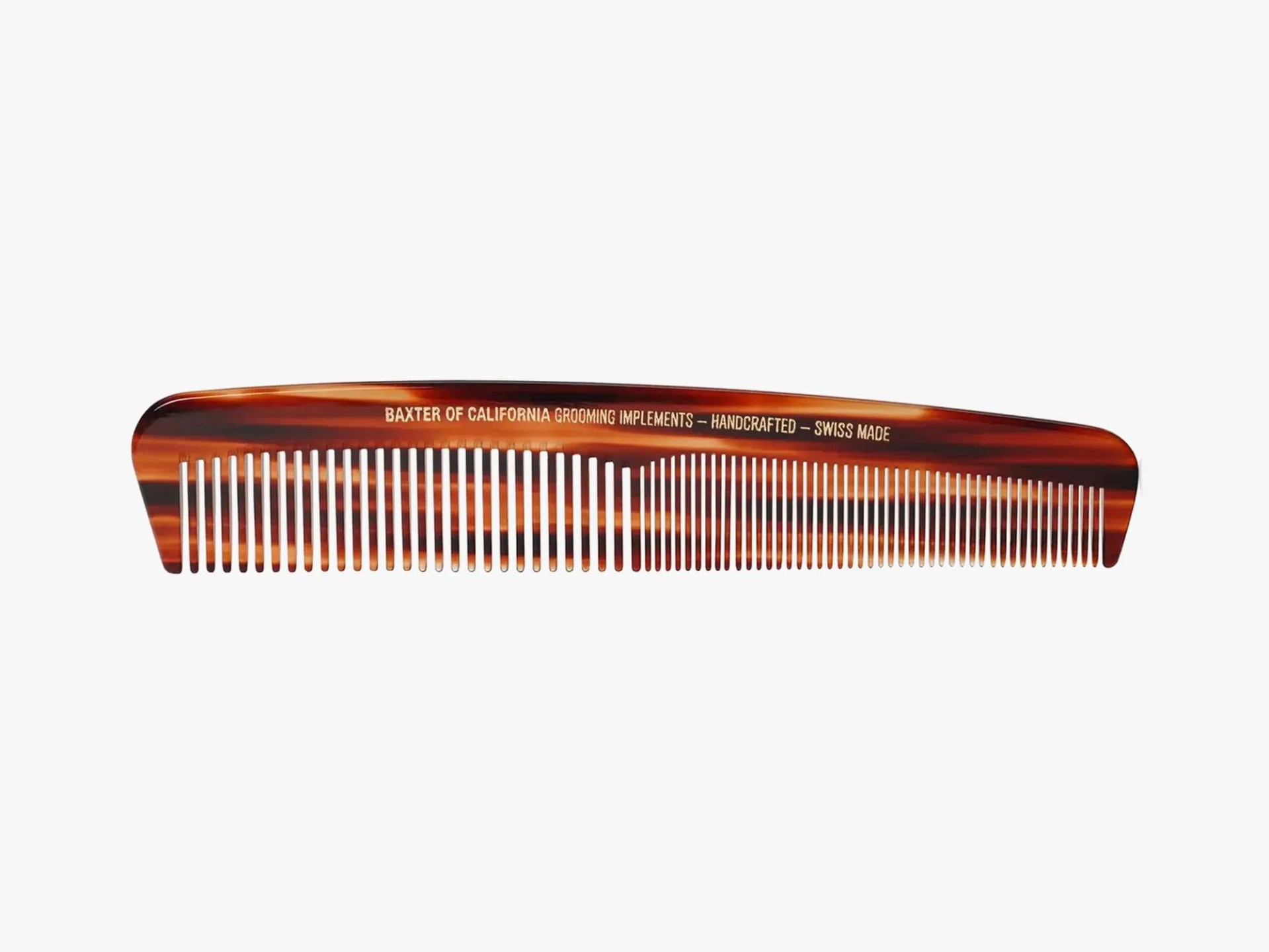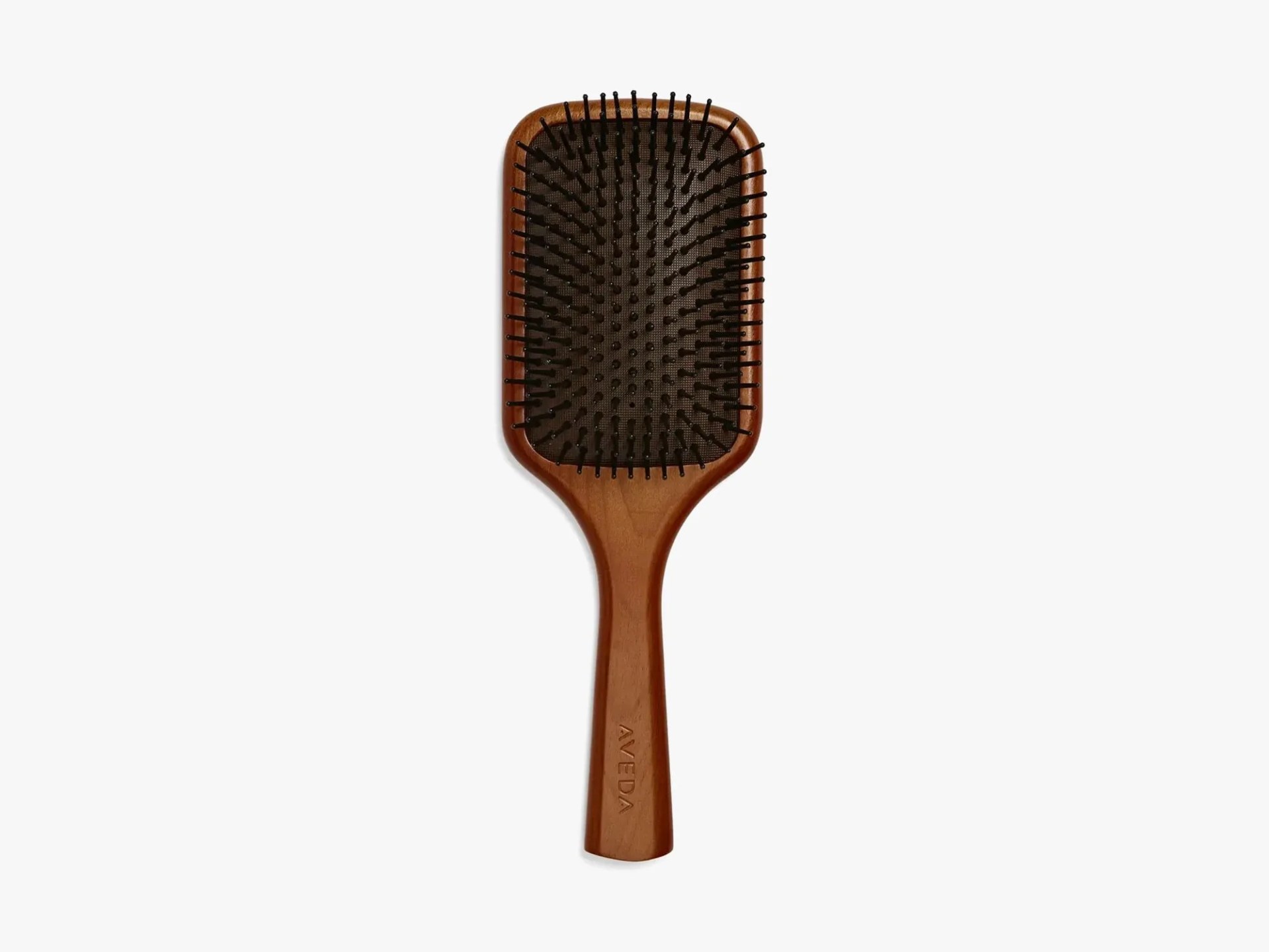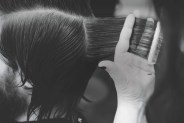Anyone with healthy hair can grow it long and show it off. But those who do research, and who invest in maintenance and styling regimens, will outshine the rest. Their long hair will sit better, look healthier, tangle less and cooperate more.
If you plan to grow your hair out, or if your long hair is in need of some attention, it’s important you establish both grooming and styling routines, maintenance ones, too, if you swim or color your hair, and stock up on the proper products.
The Regimen
This is an easy-to-follow routine for people with (or planning to have) long hair. Even if you don’t have flowing locks yet you should be preparing for them. If you want long, healthy hair you need to tend to it daily.
- Shampoo only once or twice weekly.
- Condition daily. Always after shampooing, or on its own. Never use it together with shampoo, nor before.
- On the days you shampoo, follow it with a leave-in conditioner (in the morning, or before bed). Often this can replace your in-shower conditioner for the day if your shampoo itself is nourishing.
- On the days you don’t shampoo, or the mornings after, use dry shampoo to soak up excess oil.
- Apply a dime or nickel or styling cream to clean, towel-dried hair in the morning.
- Comb it through, then blow dry.
- Add a couple drops of hair oil for added luster or shine, as needed, or to the ends of the hair to control flyaways.
- On days when you don’t need as much product or regimen, try applying a few drops of hair oil through rinsed, dried strands for just enough control over flyaways.
- Finish your style with a spritz of texturizing spray in the ends and side of the hair—or at the roots if you want added lift there. Run your fingers through your hair for a more natural finish.
- Brush rinsed, towel-dried (damp) hair nightly to detangle and evenly distribute scalp oils. Add a couple drops of hair oil to the middle section and ends, to help nurture the parts of your hair that aren’t close to the oily scalp.
